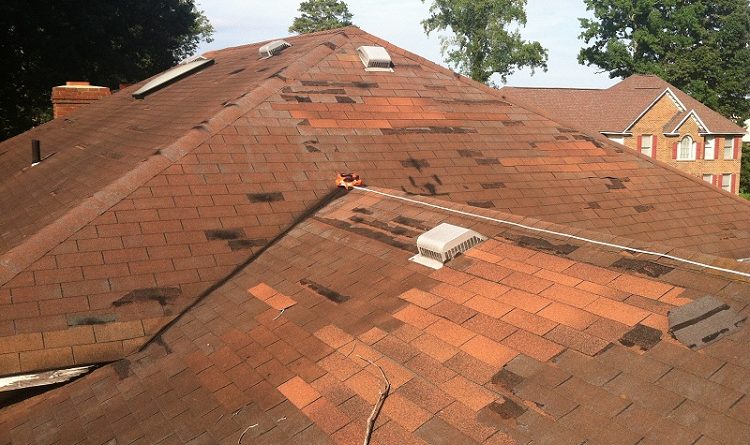7 Best Practices When Dealing With Common Roofing Problems
Keeping your roof well maintained is overwhelming enough. For major roof repair problems, always seek a roofer’s 2 cents. But just like every home owner who wants to know how it’s done right, here are the most common roofing problems and how you can best deal with them.
Your expenses incurred in roof repair such as labor and materials may vary depending on the severity of the damage as well as your location. A trusted roof contractor in Connecticut, for example, may be required to ensure that improper repairs are avoided and safety be put in utmost priority.
Leaks
Once you discover a leak, move everything that can be damaged due to direct moisture, such as desks, chairs, computers, wall hangings, etc. Use duct tape to install plastic and buckets for catching water. Make sure to remove ceiling tiles because they can easily spread the leak. Put up warning signs to prevent people from getting injured by walking through the affected area. If you have one, use a wet Vac to prevent permanent damage to your flooring or carpet. Seek out permanent repairs or replacement depending on the severity.
Billowing and Tenting
Sub-standard installation techniques are sure-fire ways to make your roof suffer from billowing and tenting. Harsh weather conditions are also a major factor in making it worse, causing the roofing materials to separate or be totally removed by outside elements. In the end, you find yourself with a leaking roof having moisture build-up. These things will lead to major leaks and so they must be addressed ASAP. Roof repair is mostly done by the local pros (check this 15 questions before you hire one) because people find it more cost-effective in the long run. DIY roofing repair can be cheaper, initially, but then again, be sure you know exactly what you are doing or you’ll end up spending more.
Poor Maintenance
This is one of the most common yet preventable causes of roof failure. Sometimes, they happen years in advance because of material defects, poor design and installation, improper roof repairs, natural causes, among others. Thus, preventive roof maintenance is needed to prolong its service life. Have a checklist of your most common roofing problems and decide which ones can be done on your own and those that you need to entrust to a reliable roofing contractor.
Penetrations Post-Installation
You are compromising your roof’s performance when penetrations are added to your existing roof, that is why proper precautions must be taken or else you’ll end up with a lot of caulking and sealants. This is especially true with metal roofs as they move a lot. The best way to prevent this from happening is to limit traffic and have cursory inspections ones the tradesmen doing roof repair in Connecticut have gone.
Roof Shrinkage
Roofs are coated with a roof membrane prior to installing shingles or tiles over it. EPDM or ethylene propylene diene monomer serves as an effective barrier against harsh temperatures and UV light. It also protects your roof against penetration or punctures. Unfortunately, this membrane is also susceptible to shrinkage which may lead to splits and cracks on the shingles. This is the reason why expert roofers recommend inspection of EPDM at least twice a year as a precautionary measure. They also suggest installing it in a way that the membrane can relax without deteriorating at any given temperature. Once damage is found, it has to be reinforced immediately.
Roof Blistering
Small blisters which are less than two feet long are better left untouched since they don’t usually cause problems, as long as they are kept watertight and don’t increase in size. Larger ones must be fixed promptly, especially if protected coating is beginning to deteriorate. Bare spots that are eroded on the small blisters can be fixed using cold-process asphalt coating then sprinkle it with gravel. When the diameter begins to increase in size (2ft.), mark the outer boundary so you can check it regularly and see if it’s getting bigger. When blisters occur in high-traffic areas they need to be repaired.
Ponding Water
More often than not, ponding water occurs on flat roofs and it can greatly increase the roof assembly’s load. When water accumulates, sags can increase, causing more ponding water that could lead to the deck’s deterioration. This creates hydrostatic pressure, which forces water even to the smallest hole imperfections. Now you know why most roof warranties become void in areas that pond water for over forty eight hours. Aside from this, they rot the roofing membranes, attract algae and mud and destroy reflective coatings fast. It is then very important to have your roof inspected regularly especially during rainy season to prevent future problems or having to replace your roof prematurely.
Keep these roofing problems in check and save yourself from a lot of headache in the future.

